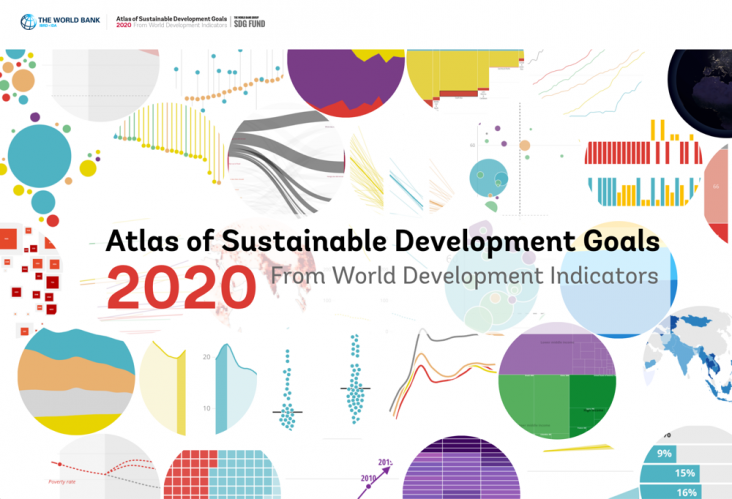William H. Schlesinger, Emily S. Bernhardt, Chapter 11 - The Global Carbon and Oxygen Cycles, Editor(s): William H. Schlesinger, Emily S. Bernhardt,
Biogeochemistry (Fourth Edition), Academic Press, 2020, Pages 453-481, 9780128146088
The new 2030 sustainable development agenda is likely to dominate policy and academic debates at both national and international levels over next 15 years and beyond.
Partner content
World Bank
The Atlas of Sustainable Development Goals 2020 presents interactive storytelling and data visualizations about the 17 Sustainable Development Goals.
Reference Module in Earth Systems and Environmental Systems, Encyclopedia of the World's Biomes, 2020
Reference Module in Earth Systems and Environmental Systems, Encyclopedia of the World`s Biomes, 2020
